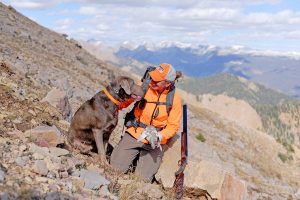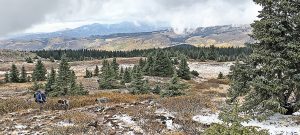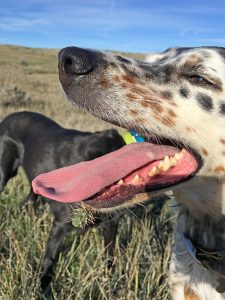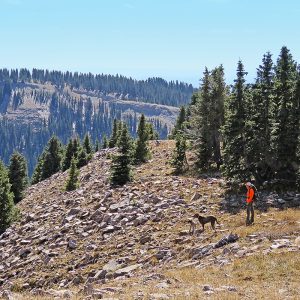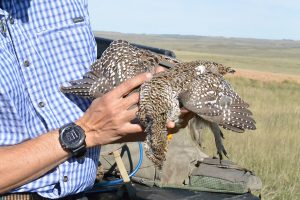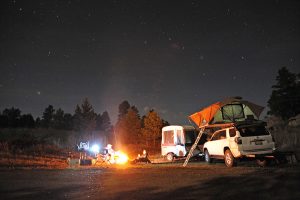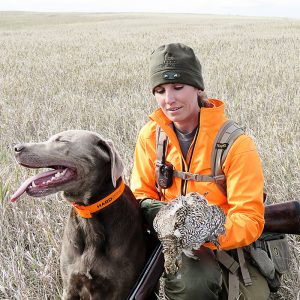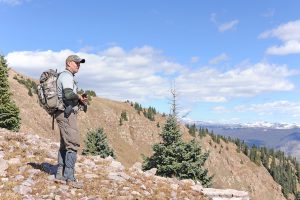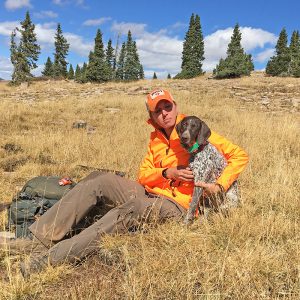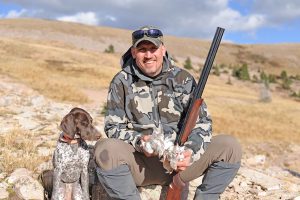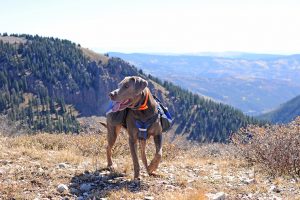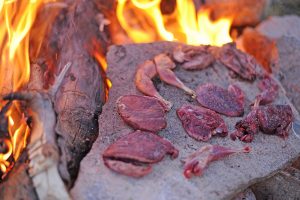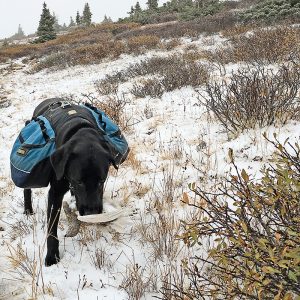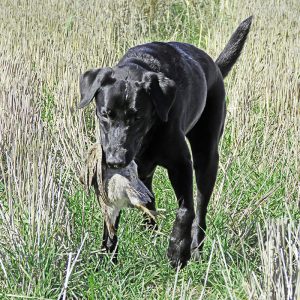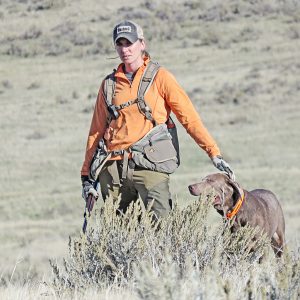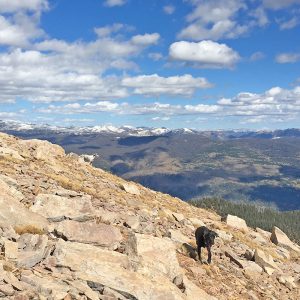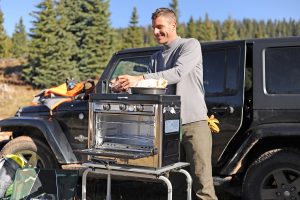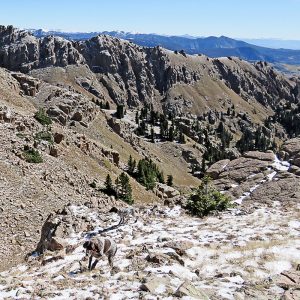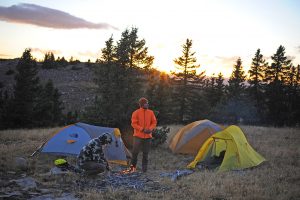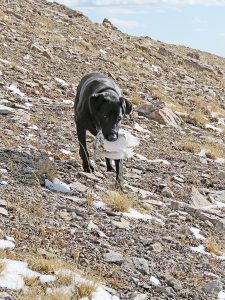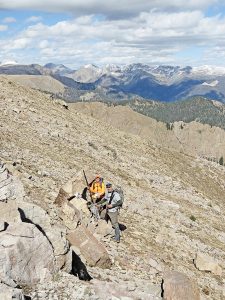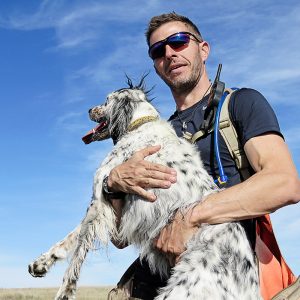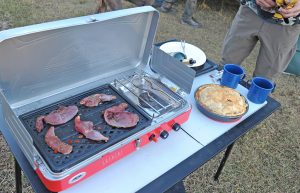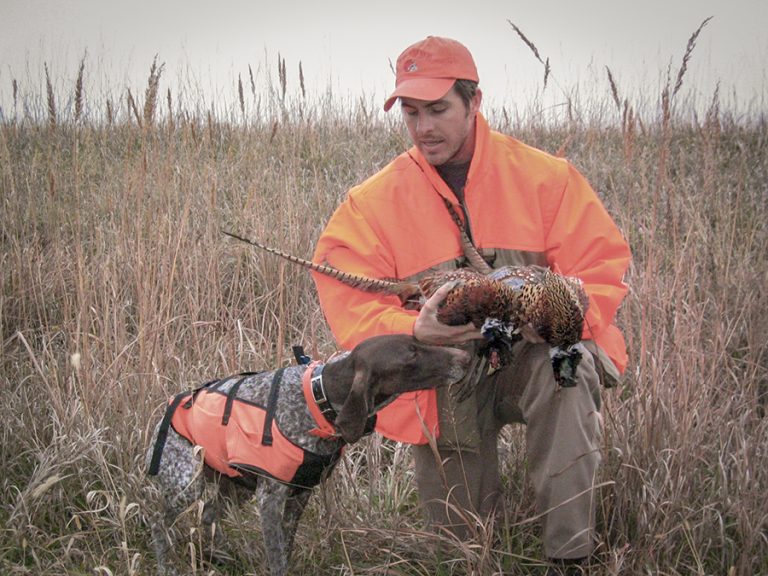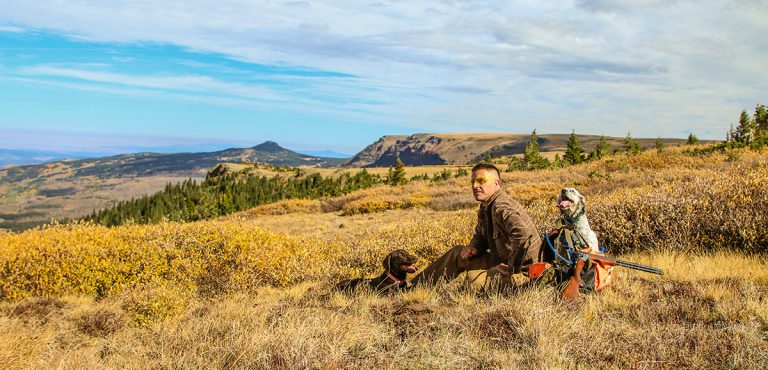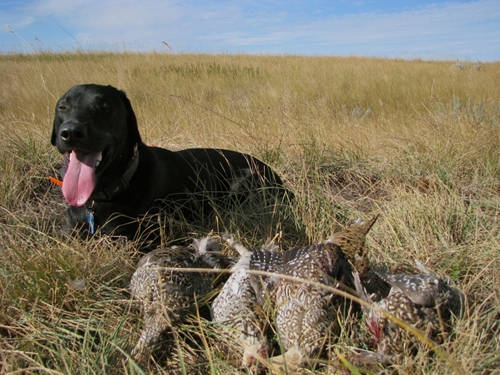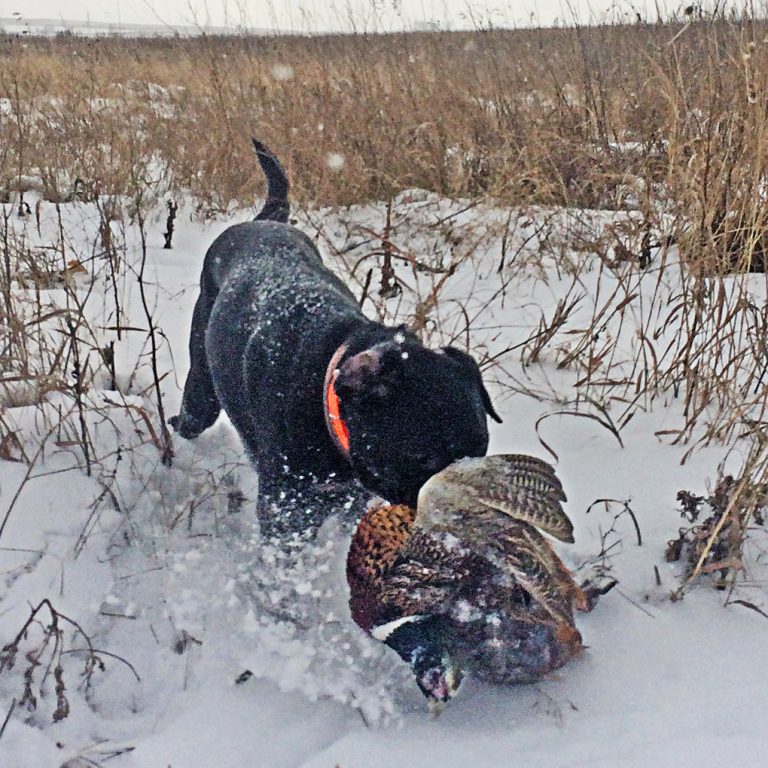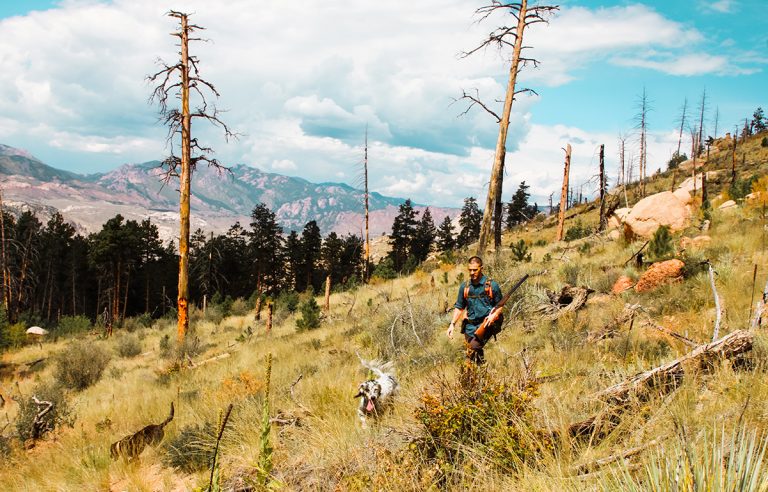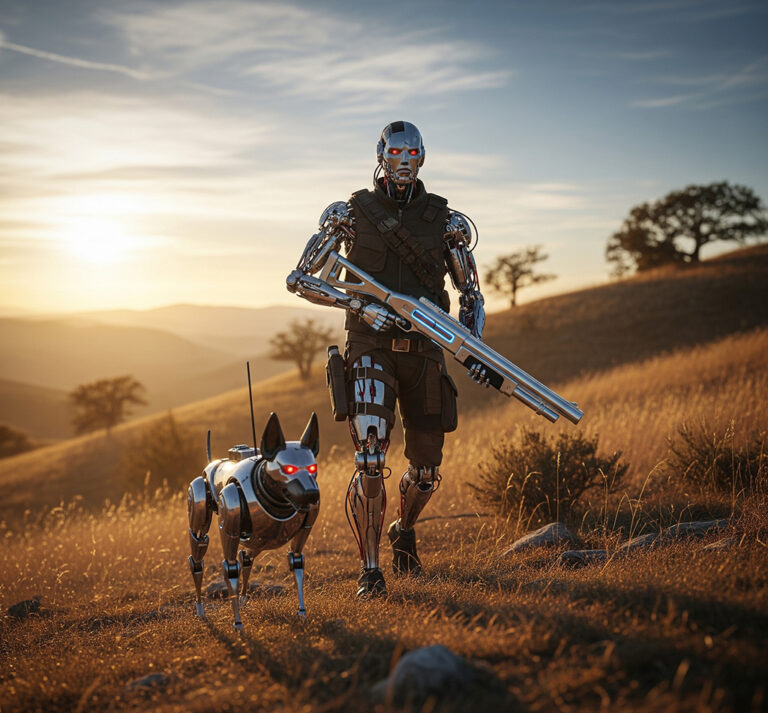To the Edge with Friends and Dogs
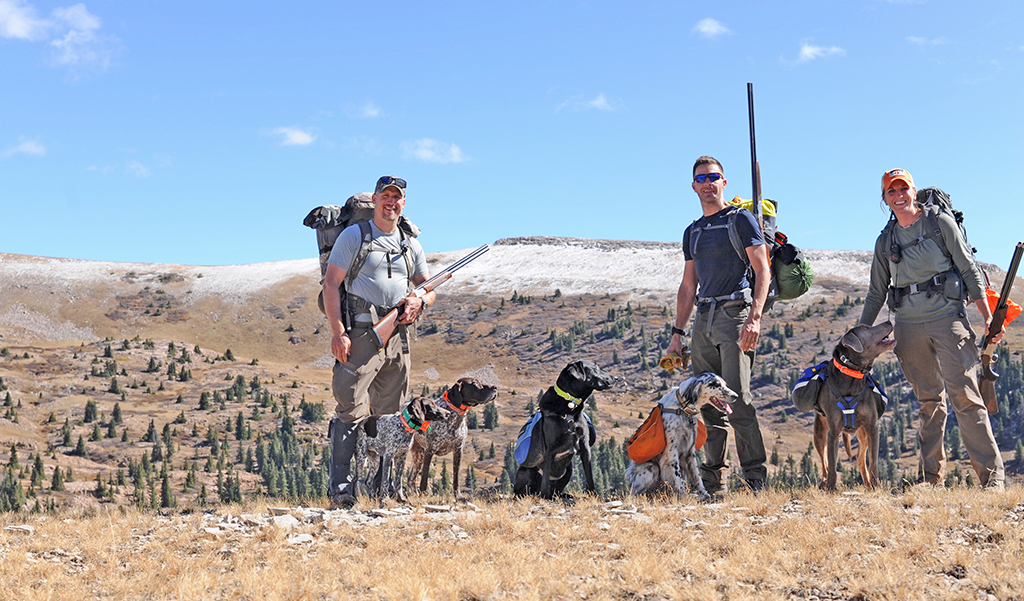
We all have limits.
But that edge is never static. It’s a river that rages perilously close or meanders docile and aimless in the distance. Most people are perfectly comfortable keeping a healthy distance—there is absolutely nothing wrong with that. But there is something about that torrent that is captivating and revealing.
What we see when we reach those limits, what we do, and how we react can’t be predicted until there.
Very few of us actually know where those are. They are much harder to get to than one might think. Our brains tend to go into safe mode in order to stay a step ahead of catastrophe. That voice in your head does a great job of can’t, don’t, shouldn’t.
I’ve been watching our pack of bird dogs run. They have no voices in their head. They run the edge without hesitation, occasionally splashing through the shallows of limitation. They are free of any thoughts of how far or how much.
There was a point in this last trip where everyone found the shore.
Whether that was a puppy on her first hunt half frozen at high elevation on a march to find open water; or hunters creeping across talus slopes appearing impassable in pursuit of ghost birds; or legs and lungs extended to exhaustion where adrenaline is the only fuel remaining for the next step.
I convinced friends that we should kickoff the upland season hunting White-tailed Ptarmigan in the backcountry of Colorado. These winged demons have a nasty habit of residing at the highest points available. In the Centennial State that generally puts them at elevations above 12,000’ where oxygen levels are 30% lower.
After our fill on the mountain, we moved camp into Wyoming and Montana in pursuit of prairie grouse and partridge. We averaged close to seven miles per day over the duration of 10 days, often carrying packs in excess of 30 pounds. The bird dogs would have doubled or tripled that distance depending on age and experience meaning 200 miles for the longest-legged.
On a particularly warm day the second week after hiking a few hours, I noticed that Wyatt, my black lab, was laboring for deep breaths. I reined him in to cool off but his breathing continued shallow and wheezy. We were three-quarters of a mile from the truck. I handed off my shotgun and carried him out.
He had no inclination to stop hunting and didn’t like being carried. He actually struggled to get free at the sound of one of my hunting partners shooting in the distance.
A trip to an observant vet in a remote Montana town revealed a grape-size mass far back on Wyatt’s tongue. It had likely been covering a portion of his trachea when hunting. Think about that for a second: Past middle-aged, running a marathon with a grape lodged in your throat blocking a portion of your airway—then think about wanting to continue.
I don’t know how to be free of the barriers, where the edges are, or how to silence the voice in my head. I only know I want be more like Wyatt. The satisfaction he gets from fulfilling his calling has him run that edge with reckless abandon. He’ll give it all up to hunt just another step, another field. How it has come to mean so much to him escapes me.
But maybe he knows.
The stretch for the edge keeps that river of doubt bending away from us. And if we can do that while chasing birds then so many possibilities open elsewhere.
I want others to see that. I want them to take a step past their comfort zone. Then take one more past that.

